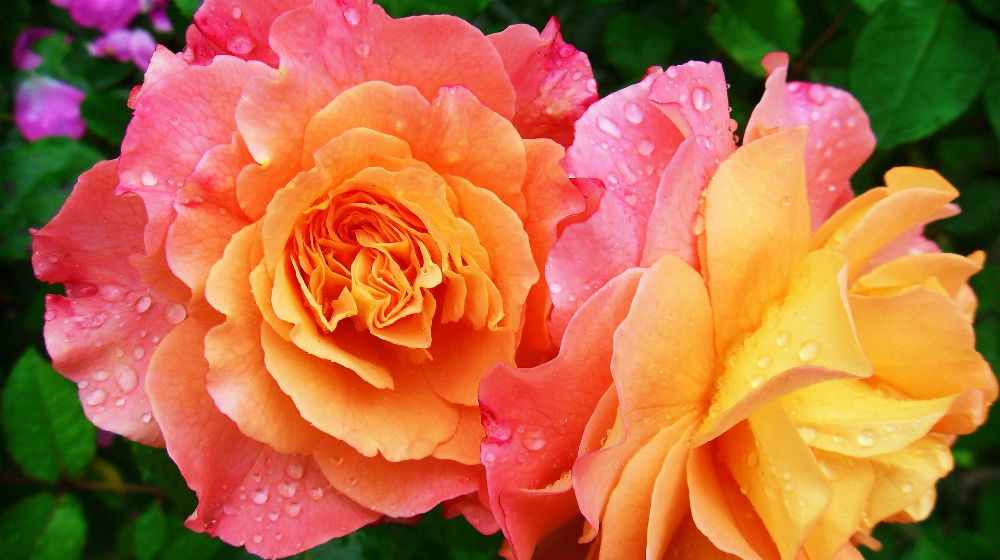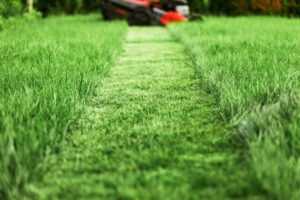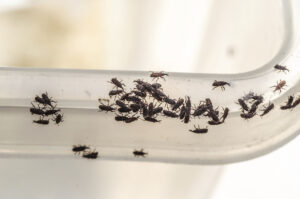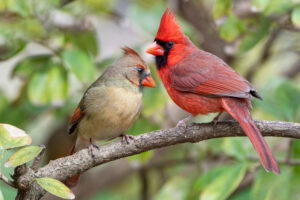Flowers That Look Like Roses Without Thorns

Roses, with their timeless elegance and captivating fragrance, have long been cherished as symbols of love and beauty. However, for those seeking the allure of roses without the prickly inconvenience of thorns, there exist a variety of stunning alternatives. In this guide, we delve into the world of flowers that resemble roses without thorns, exploring their unique characteristics, popular varieties, and cultivation tips.
I. Introductiofn
Definition of Roses and Thornless Alternatives Roses, belonging to the genus Rosa, are renowned for their exquisite blooms and sharp thorns. However, for individuals seeking the aesthetic appeal of roses minus the prickly thorns, several alternative flowers offer similar beauty without the painful drawback.
Significance of Thornless Flowers The allure of thornless flowers lies in their ability to provide all the visual splendor of roses without the risk of pricks and scratches. Thornless varieties offer a safer and more user-friendly option for floral arrangements, landscaping, and indoor decor.
Overview of Flowers That Resemble Roses Without Thorns A plethora of flowers share characteristics with roses, including petal shape, coloration, and fragrance, while boasting the added advantage of being thornless. From peonies to camellias and dahlias, these alternatives offer a diverse array of options for rose enthusiasts.
II. Characteristics of Thornless Rose Alternatives
Physical Appearance
Flower Shape and Petal Structure Thornless rose alternatives exhibit a variety of flower shapes, from delicate single blooms to extravagant double-flowered forms. Petal structure may vary, with some resembling classic rose petals, while others display unique configurations.
Color Variations and Patterns Like roses, thornless alternatives come in a myriad of colors and patterns, ranging from soft pastels to vibrant hues. Some varieties feature intricate patterns and color gradients, adding depth and interest to the blooms.
Fragrance Profiles While not all thornless alternatives possess the intoxicating fragrance of roses, many emit delightful scents reminiscent of floral gardens. Fragrance profiles may range from sweet and fruity to spicy or musky, appealing to a wide range of olfactory preferences.
Growth Habit and Foliage
Plant Size and Growth Habit Thornless rose alternatives vary in size and growth habit, with some species growing as compact shrubs while others attain tree-like proportions. Understanding the growth habit of each variety is essential for proper placement and spacing in the garden.
Leaf Shape and Texture The foliage of thornless alternatives can also resemble that of roses, with glossy, serrated leaves adding to the ornamental appeal. Leaf shape and texture may vary among different species, ranging from lanceolate to ovate or palmate.
Seasonal Behavior Thornless alternatives exhibit seasonal behavior similar to roses, with blooming periods typically occurring during the spring and summer months. Understanding the seasonal requirements of each variety is essential for proper care and maintenance.
Environmental Adaptability
Soil and Sunlight Requirements Thornless rose alternatives have specific soil and sunlight requirements that must be met for optimal growth and flowering. Most varieties prefer well-draining, fertile soil and full to partial sunlight exposure.
Climate Tolerance While many thornless alternatives are adaptable to a wide range of climates, some species may have specific temperature or humidity preferences. Choose varieties that are suited to your local climate to ensure long-term success and vigor.
Disease Resistance Thornless alternatives often exhibit excellent disease resistance, making them easier to cultivate than traditional roses. However, proper care and maintenance practices are still essential for preventing pest infestations and fungal infections.
III. Popular Varieties of Thornless Roses Lookalikes
Peonies (Paeonia)
Herbaceous Peonies Herbaceous peonies are perennial flowering plants prized for their lush, extravagant blooms and resilient nature. These thornless alternatives come in a variety of colors and forms, ranging from single to double-flowered varieties.
Tree Peonies Tree peonies are woody shrubs known for their large, showy flowers and elegant growth habit. These thornless alternatives feature sturdy stems and glossy foliage, adding structure and beauty to the landscape.
Intersectional Peonies Intersectional peonies, also known as Itoh peonies, are hybrids of herbaceous and tree peonies, combining the best traits of both parents. These thornless alternatives boast vigorous growth, abundant blooms, and exceptional disease resistance.
Camellias (Camellia japonica)
Single and Double Flowered Varieties Camellias are evergreen shrubs prized for their exquisite blooms and glossy foliage. Thornless alternatives come in a variety of forms, including single, semi-double, and fully double-flowered varieties, each with its own unique charm.
Blooming Season and Duration Camellias typically bloom from late winter to early spring, providing a burst of color when few other plants are in flower. Thornless alternatives offer extended blooming periods, with some varieties flowering intermittently throughout the year.
Camellia Care Tips Provide camellias with well-draining soil, partial shade, and regular watering to promote healthy growth and flowering. Mulch around the base of the plant to conserve moisture and suppress weed growth, and prune lightly after flowering to maintain shape and vigor.
Dahlia (Dahlia spp.)
Diverse Flower Forms Dahlias are herbaceous perennials prized for their stunning blooms and prolific flowering habit. Thornless alternatives come in a variety of flower forms, including single, cactus, pompon, and decorative, offering endless possibilities for floral arrangements and garden displays.
Growth Habit and Height Dahlias exhibit a range of growth habits, from compact bushy plants to tall, stately specimens. Thornless alternatives vary in height and spread, allowing for versatile placement in gardens, borders, and containers.
Dahlia Cultivation Practices Plant dahlias in fertile, well-draining soil and provide full sun exposure for optimal growth and flowering. Stake tall varieties to support heavy blooms and protect them from wind damage, and deadhead spent flowers regularly to encourage continuous blooming.
IV. Cultivation and Care Tips for Thornless Rose Alternatives
Planting Techniques
Soil Preparation and Amendments Prepare the planting site by incorporating organic matter such as compost or aged manure into the soil to improve fertility and drainage. Amend heavy clay soils with perlite or coarse sand to promote aeration and prevent waterlogging.
Proper Spacing and Planting Depth Space thornless rose alternatives according to their mature size and growth habit, ensuring adequate airflow and light penetration between plants. Plant at the same depth as they were in the nursery container, firming the soil around the roots to eliminate air pockets.
Mulching and Watering Practices Apply a layer of organic mulch such as shredded bark or straw around the base of thornless alternatives to conserve moisture, suppress weed growth, and regulate soil temperature. Water deeply and infrequently, allowing the soil to dry out slightly between waterings to prevent root rot and fungal diseases.
Maintenance Practices
Pruning and Deadheading Prune thornless rose alternatives annually during the dormant season to remove dead, diseased, or damaged wood and promote healthy growth. Deadhead spent flowers regularly to prolong blooming and maintain the plant’s aesthetic appeal.
Fertilization and Feeding Schedule Feed thornless rose alternatives with a balanced fertilizer formulated for flowering shrubs, applying according to the manufacturer’s instructions during the growing season. Avoid excessive fertilization, as it can lead to lush foliage at the expense of flowering.
Pest and Disease Management Monitor thornless rose alternatives for signs of pest infestations or disease symptoms, such as aphids, spider mites, or powdery mildew. Implement integrated pest management strategies, including cultural practices, biological controls, and targeted pesticide applications as needed.
Overwintering Strategies
Frost Protection Measures Protect thornless rose alternatives from frost damage by covering them with frost blankets or moving containers indoors during periods of extreme cold. Provide additional insulation by applying a thick layer of mulch around the base of outdoor plants.
Storage and Dormancy Management Store tender thornless rose alternatives such as dahlias in a cool, dark location over the winter months, checking periodically for signs of moisture or rot. Keep potted plants in a frost-free greenhouse or conservatory until the danger of frost has passed.
Spring Preparations Prepare thornless rose alternatives for the growing season by removing winter mulch, pruning dead wood, and applying a balanced fertilizer to promote vigorous growth and flowering. Monitor plants closely for signs of new growth and adjust watering and feeding accordingly.
V. Conclusion
Recap of Thornless Rose Alternatives Thornless rose alternatives offer a diverse array of options for gardeners seeking the beauty of roses without the prickly inconvenience of thorns. From peonies to camellias and dahlias, these stunning flowers provide endless possibilities for floral arrangements, landscaping, and indoor decor.
Encouragement for Exploring Floral Diversity Embrace the beauty and diversity of thornless rose alternatives by incorporating them into your garden, borders, or container displays. Experiment with different varieties and combinations to create stunning floral arrangements that rival the splendor of traditional roses.
Final Thoughts on Thornless Beauties Whether you’re a seasoned gardener or a novice enthusiast, thornless rose alternatives offer a captivating alternative to traditional roses, combining beauty, fragrance, and ease of cultivation. With proper care and attention, these stunning flowers will flourish and delight for years to come.






